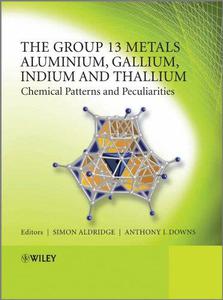 The Group 13 Metals Aluminium, Gallium, Indium and Thallium: Chemical Patterns and Peculiarities By
The Group 13 Metals Aluminium, Gallium, Indium and Thallium: Chemical Patterns and Peculiarities By2011 | 743 Pages | ISBN: 0470681918 | PDF | 83 MB
The last two decades have seen a renaissance in interest in the chemistry of the main group elements. In particular research on the metals of group 13 (aluminium, gallium, indium and thallium) has led to the synthesis and isolation of some very novel and unusual molecules, with implications for organometallic synthesis, new materials development, and with biological, medical and, environmental relevance. The Group 13 Metals Aluminium, Gallium, Indium and Thalliumaims to cover new facts, developments and applications in the context of more general patterns of physical and chemical behaviour. Particular attention is paid to the main growth areas, including the chemistry of lower formal oxidation states, cluster chemistry, the investigation of solid oxides and hydroxides, advances in the formation of III-V and related compounds, the biological significance of Group 13 metal complexes, and the growing importance of the metals and their compounds in the mediation of organic reactions. Chapters cover: general features of the group 13 elements group 13 metals in the +3 oxidation state: simple inorganic compounds formal oxidation state +3: organometallic chemistry formal oxidation state +2: metal-metal bonded vs. mononuclear derivatives group 13 metals in the +1 oxidation state mixed or intermediate valence group 13 metal compounds aluminium and gallium clusters: metalloid clusters and their relation to the bulk phases, to naked clusters, and to nanoscaled materials simple and mixed metal oxides and hydroxides: solids with extended structures of different dimensionalities and porosities coordination and solution chemistry of the metals: biological, medical and, environmental relevance III-V and related semiconductor materials group 13 metal-mediated organic reactions The Group 13 Metals Aluminium, Gallium, Indium and Thalliumprovides a detailed, wide-ranging, and up-to-date review of the chemistry of this important group of metals. It will find a place on the bookshelves of practitioners, researchers and students working in inorganic, organometallic, and materials chemistry.Content: Chapter 1 New Light on the Chemistry of the Group 13 Metals (pages 1-74): Anthony J. Downs and Hans?Jorg HimmelChapter 2 The Chemistry of the Group 13 Metals in the +3 Oxidation State: Simple Inorganic Compounds (pages 75-147): Simon AldridgeChapter 3 Formal Oxidation State +3: Organometallic Chemistry (pages 148-245): Simon Aldridge, Anthony J. Downs and Deborah L. KaysChapter 4 Formal Oxidation State +2: Metal-Metal Bonded Versus Mononuclear Derivatives (pages 246-284): Werner Uhl and Marcus LayhChapter 5 The Chemistry of the Group 13 Metals in the +1 Oxidation State (pages 285-341): Cameron Jones and Andreas StaschChapter 6 Mixed or Intermediate Valence Group 13 Metal Compounds (pages 342-401): Benjamin F. T. Cooper and Charles L. B. MacdonaldChapter 7 Aluminium and Gallium Clusters: Metalloid Clusters and their Relationship to the Bulk Phases, to Naked Clusters and to Nanoscaled Materials (pages 402-487): Hansgeorg Schnockel and Andreas SchnepfChapter 8 Simple and Mixed Metal Oxides and Hydroxides: Solids with Extended Structures of Different Dimensionalities and Porosities (pages 488-518): Andrew M. FoggChapter 9 Coordination and Solution Chemistry of the Metals: Biological, Medical and Environmental Relevance (pages 519-611): Penelope J. Brothers and Christy E. RuggieroChapter 10 III-V and Related Semiconductor Materials (pages 612-653): Mohammad Azad Malik and Paul O'BrienChapter 11 Group 13 Metal?Mediated Organic Reactions (pages 654-700): Samuel Dagorne and Stephane Bellemin?Laponnaz
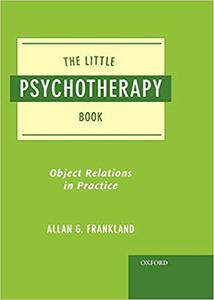


![S.T.A.L.K.E.R. 2 / STALKER 2: Heart of Chornobyl - Ultimate Edition (2024) [+UPDATE 23.12.2024 - v1.1.3] ElAmigos / Polska wersja językowa](https://i.postimg.cc/Zqd8RWGY/UZG8PBE.jpg)



































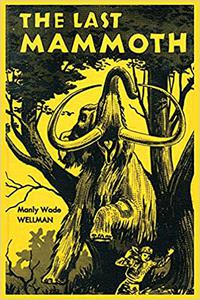
![Hyenah - Love In Times Of Crisis (2022) [FLAC]](https://imgur.com/fUerR6C.jpg)


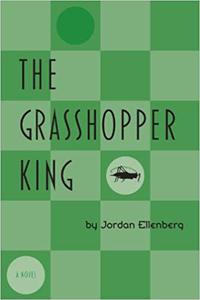
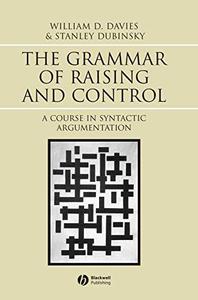
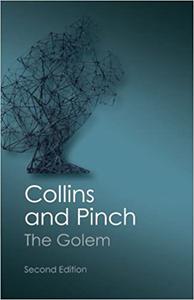

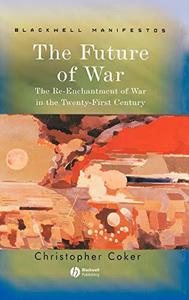







![David Gilmour - Luck and Strange (2024) [FLAC]](https://i.imgur.com/everaBc.jpeg)
![Męskie Granie Orkiestra - Męskie Granie 2024 (2024) [FLAC]](https://i.imgur.com/FAyOxrM.jpeg)
![The Rolling Stones - Hackney Diamonds (2023) [FLAC]](https://i.imgur.com/wCkyyUN.jpg)
![Lady Gaga - Harlequin (2024) [FLAC]](https://i.imgur.com/dcgIA8D.jpeg)
![Natalia Kukulska - Dobrostan (2024) [FLAC]](https://i.imgur.com/bdljG3O.jpeg)
![Kaśka Sochacka - Ta druga (2024) [FLAC]](https://i.imgur.com/hORQKvn.jpeg)
![Kuba Sienkiewicz - Pani Bóg (2024) [FLAC]](https://i.imgur.com/qijCx8Z.jpeg)
![Lanberry - Heca (2024) [FLAC]](https://i.imgur.com/8P7QfeR.jpeg)
![Sara James - PLAYHOUSE (2024) [FLAC]](https://i.imgur.com/m4f8OKg.jpeg)
![Grzegorz Hyży - EPILOG (2024) [FLAC]](https://i.imgur.com/8DA2sBr.jpeg)
![Myslovitz - WIECZORAMI CHŁOPCY WYCHODZĄ NA ULICE (2024) [FLAC]](https://i.imgur.com/l9mMtIG.jpeg)
![Krzysztof Zalewski - ZGŁOWY (2024) [FLAC]](https://i.imgur.com/vh48RAc.jpeg)
![Krzysztof Cugowski - Wiek to tylko liczba (2024) [FLAC]](https://i.imgur.com/SBzgqe2.jpeg)
![Nosowska - Kasia i Błażej (2024) [FLAC]](https://i.imgur.com/mObvVXQ.jpeg)
![sanah - Pianinkowe Kaprysy (2024) [FLAC]](https://i.imgur.com/pVjjPAa.jpeg)
![Kwiat Jabłoni - Pokaz slajdów (2023) [FLAC]](https://i.imgur.com/diERHfZ.jpg)
![Robert Cichy - Spacer po Warszawie (2024) [FLAC]](https://i.imgur.com/ixleU9o.jpeg)
![Viki Gabor - Terminal 3 (2024) [FLAC]](https://i.imgur.com/Q1KCnDs.jpeg)
![Sanah - Kaprysy (2024) [FLAC]](https://i.imgur.com/71OZm4h.jpeg)
![Męskie Granie Orkiestra - Męskie Granie 2023 (2023) [FLAC]](https://i.imgur.com/U4YHo8d.jpg)




